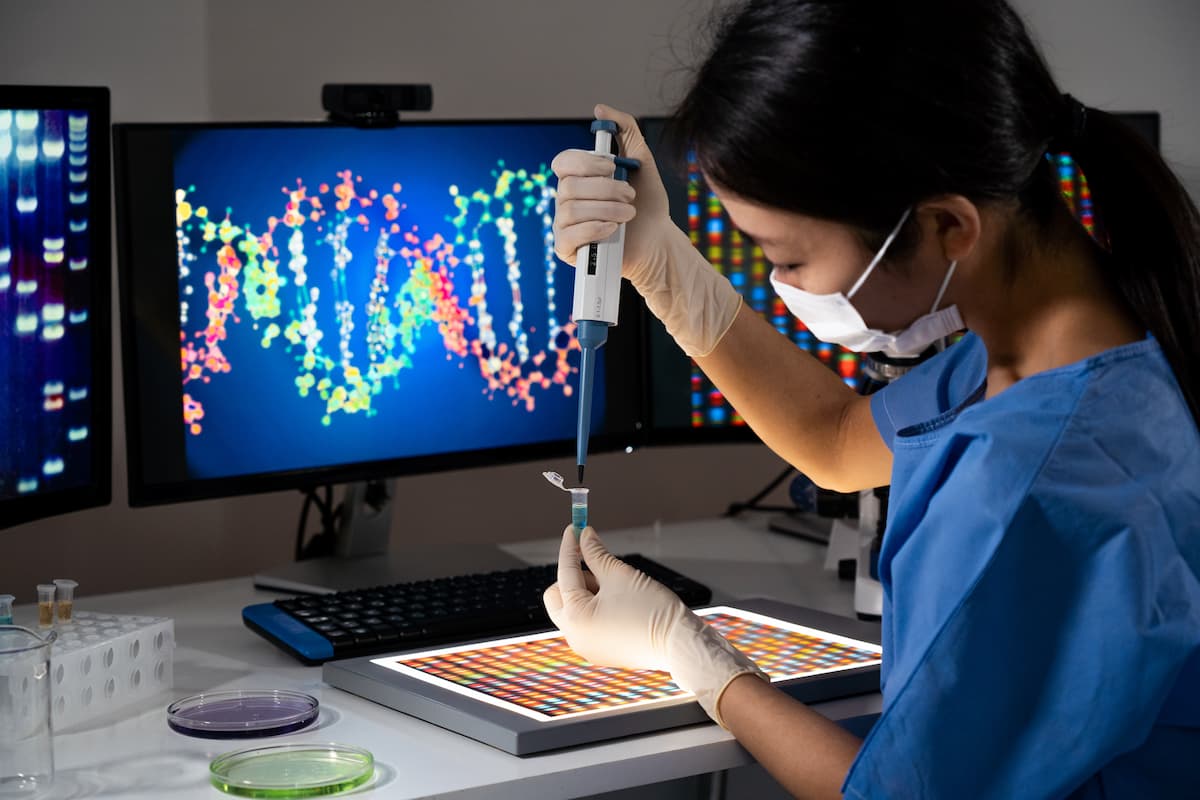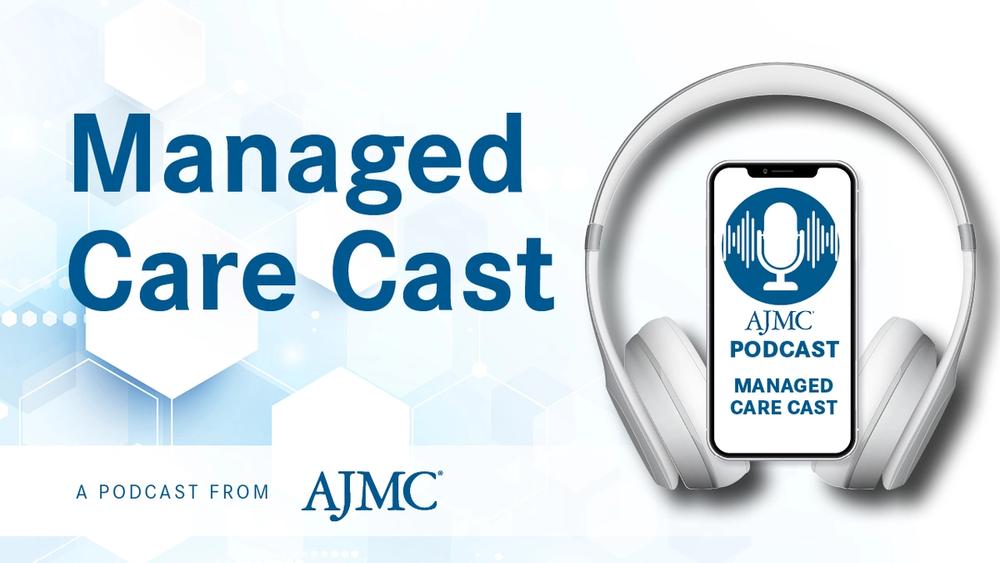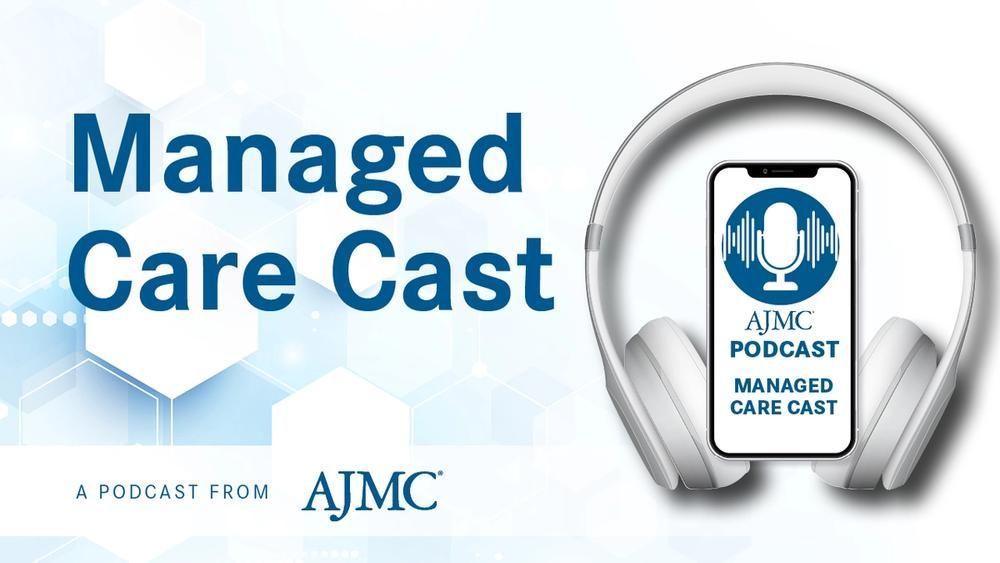News
Article
Mitigating Barriers to Cell and Gene Therapy Access
Author(s):
Key Takeaways
- CGTs present significant challenges across diagnosis, treatment, and post-treatment stages, requiring coordinated stakeholder efforts to streamline processes and reduce barriers.
- Early diagnosis and treatment are critical, with expanded newborn screening and novel genetic tests simplifying CGT access.
Cell and gene therapies can be life-changing for patients with certain conditions, but the process of receiving them poses barriers for patients and caregivers that require multistakeholder solutions, according to a white paper from the National Pharmaceutical Council.
While cell and gene therapies (CGTs) can be life-changing for patients with complex and rare conditions, patients and caregivers face challenges in the pursuit of these treatments, according to a white paper from the National Pharmaceutical Council (NPC).1 The paper, “Cell and Gene Therapy: Patient and Caregiver Odyssey,” urges employers and payers to become familiar with these challenges and make efforts to support and empower patients who face barriers to treatment.2
“There is not enough discussion around the obstacles that patients encounter in just about every stage of their cell and gene treatment journey,” Brian Sils, NPC research consultant and one of the paper’s authors, said in a statement. “This report helps decision-makers better understand what patients are experiencing throughout this process. We can then have an informed conversation about how to help patients reach their full potential through these transformative therapies.”
The authors emphasized the importance of early diagnosis and treatment with CGTs, especially for patients with genetic conditions. | Image credit: RFBSIP - stock.adobe.com

For patients with rare genetic diseases or certain cancers, the processes of diagnosis, treatment, and recovery can be long and difficult, the authors explained.1 The paper addresses 5 stages of the patient and caregiver experience that employers and payers should understand to help mitigate the challenges and barriers to treatment: awareness and diagnosis, initiation of treatment, CGT treatment administration, posttreatment monitoring and follow-up, and ongoing support and survivorship.
“The path to CGT treatment is filled with significant emotional, physical, logistical, and financial challenges, requiring the coordinated efforts of caregivers, health care providers, insurance providers, therapy manufacturers, employers, and patient advocacy groups,” the authors wrote. “These stakeholders must work together to further streamline processes, reduce barriers, and provide comprehensive support throughout the entire journey. As CGT treatment continues to evolve, addressing these challenges will be crucial to improving access and outcomes for future patients.”
The authors emphasized the importance of early diagnosis and treatment, especially for patients with genetic conditions. Stakeholders can support measures such as expanding newborn screening and developing and implementing novel genetic tests or screening regimens that could simplify the patient journey to CGT access.
Some of the greatest challenges to CGT access often come following diagnosis, when patients must meet eligibility requirements and navigate financial burdens and treatment logistics. For certain diseases, including cancers, eligibility requirements often include having undergone 2 to 4 previous lines of therapy. Individual responses to CGTs also vary, complicating the process of weighing the risks and benefits of treatment.
With financing proving one of the biggest challenges for patients and other stakeholders, the authors highlight new or innovative payment models to align incentives and support the use of CGTs in eligible patients.
Another key issue is infrastructure, with access to CGTs often hinging on a patient’s and often a caregiver’s ability to travel to specialized treatment centers for testing, treatment, and follow-up.2 Solutions such as a “hub-and-spoke” model of collaboration between community centers and Centers of Excellence or other specialized centers could help mitigate this challenge.
“Stakeholders across the health care system must work together to address the barriers patients and their caregivers face throughout the entire diagnosis and treatment journey,” Tyler Wagner, NPC associate director of research, said.1 “This is crucial for patients and their caregivers to fully realize the potential of innovative cell and gene therapies.”
After treatment, monitoring and follow-up as well as ongoing support and survivorship are longer-term issues that must also be addressed to optimize the patient and caregiver journeys. Payers, employers, and providers should play key parts in patient support programs, the authors wrote. This can entail establishing personal relationships with patients and caregivers to build trust, offering travel benefits to preferred providers for testing and treatment, offering assistance with financial and health care decisions, providing care navigation, and supporting patients by identifying ongoing clinical trials they may be eligible for.
“CGTs offer unprecedented hope for patients and their caregivers who may otherwise have no treatment options,” the authors concluded. “However, realizing this potential requires addressing gaps throughout the entire patient odyssey, not just during treatment. The onus is on all stakeholders in the health care system to remove barriers and facilitate access to these innovative therapies for patients in need.”
References
1. Addressing challenges on patients’ path to cell and gene therapy treatment is crucial to improving access and outcomes. News release. National Pharmaceutical Council. January 29, 2025. Accessed February 11, 2025. https://www.npcnow.org/resources/addressing-challenges-patients-path-cell-and-gene-therapy-treatment-crucial-improving
2. Wagner TD, Sils B, Campbell JD. Cell and gene therapy: patient and caregiver odyssey. National Pharmaceutical Council. January 2025. Accessed February 11, 2025. https://www.npcnow.org/sites/default/files/2025-01/Cell%20and%20Gene%20Therapy_Patient%20and%20Caregiver%20Odyssey_NPC%20White%20Paper.pdf





